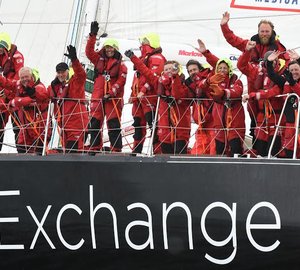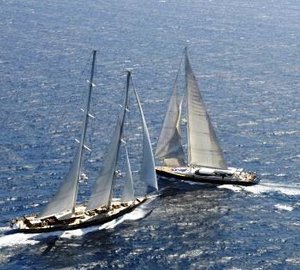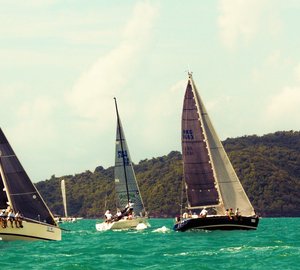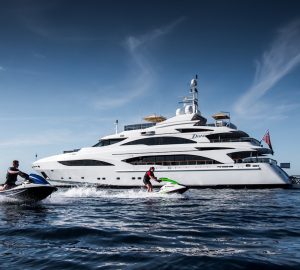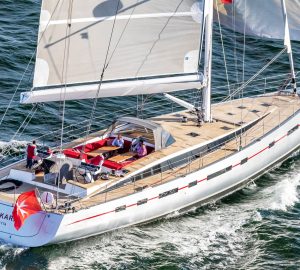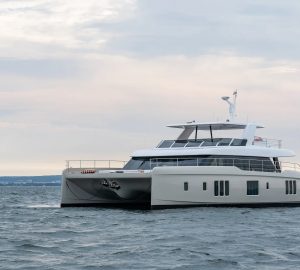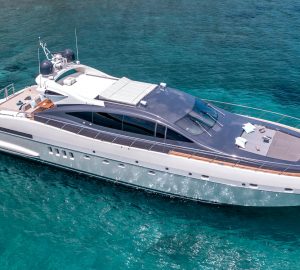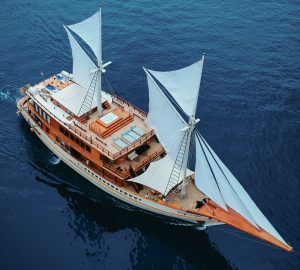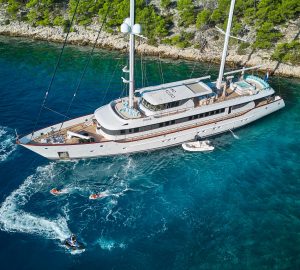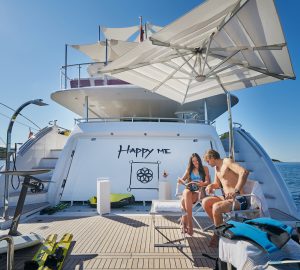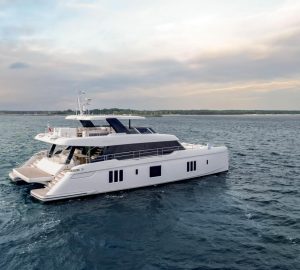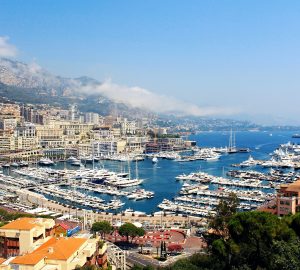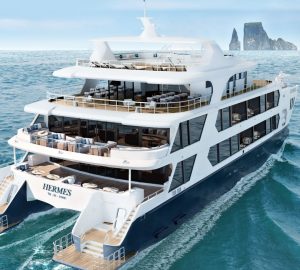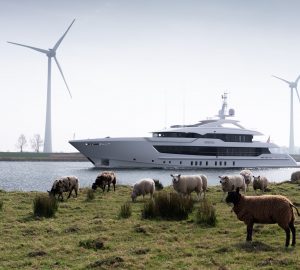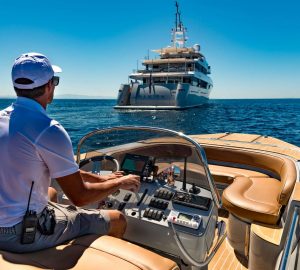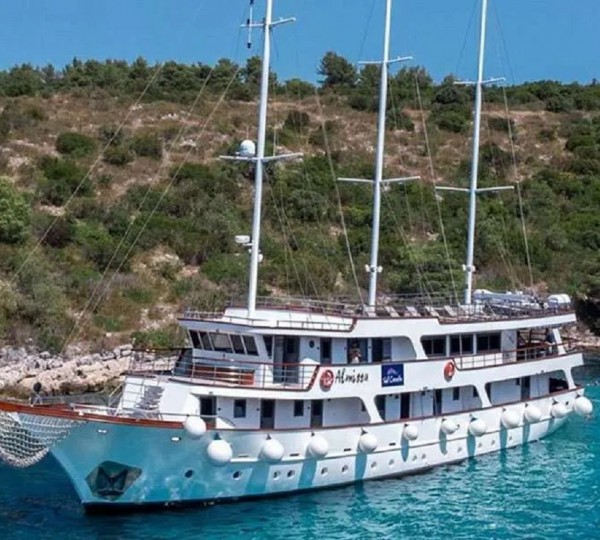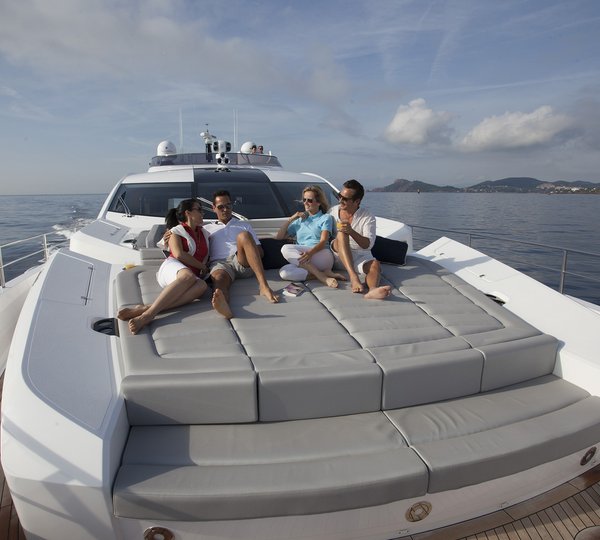As one of the most inclusive regattas in the world, Cowes Race Week (6-13 August) can attract nearly a thousand yachts each year. When casual sailors compete with world champions, mistakes and accidents are bound to happen, and below is a list of the 8 most common mistakes to avoid. The following is a press release from Aberdeen Asset Management Cowes Week.
Press Release
Classic mistakes to avoid at Aberdeen Asset Management Cowes Week
Every year there are scores of competitors who throw away the potential for good race results through mistakes that are easy to avoid. Rupert Holmes looks at eight of the most common:

1. Too enthusiastic at the start
We all know that a good start is a key element in a good result, but it’s important to temper your enthusiasm, especially if both wind and tide are sweeping you across the line. Last year, at the pin end of the Royal Yacht Squadron line, one eager skipper ploughed into the transom of the boat in front seconds before the gun, even though both were already OCS.
2. Not looking out for shipping
This is all too frequently seen only as being a safety issue, however, there’s also strategic aspect to keeping clear of shipping that can have a significant impact on your results. The earlier you spot a vessel that might pose a collision risk, the more chance you have of tweaking your planned route in way that enables you to avoid it with minimal loss of time. On the other hand, competitors that are forced to make a big course change at the last minute will inevitably lose a lot of ground.
3. Failing to stay afloat
There’s always a temptation to push your luck when sailing in shallow water to gain relief from an adverse tide, which explains the number of competitors that hit the bottom every year. Common spots for grounding include the Bramble Bank, the north shore of the Solent, Gurnard Ledge and, potentially most embarrassing of all, Grantham Rocks, right in front of the Green and only 400 metres west of the Royal Yacht Squadron’s start and finish line.

4. Not reading the SIs
Despite the Sailing Instructions having been significantly simplified over the past few years, every year competitors still needlessly fall foul of these, resulting in lost opportunities, penalties, or even failing to turn up at the right time and place for the start. It’s vitally important to be familiar with the entire document –at least two people on board need to fully understand the contents. The best way to be sure of this is for them to test each other on key points – an informal chat over a coffee or a beer is ideal for this.
5. White sail reaches
Don’t automatically assume a white sail reach will be a procession, especially if it’s sailed in a cross tide. Hard-won places are often given away due to basic errors, allowing mid-fleet boats to make big gains. In particular, many boats sail too high initially, giving ground away to those who sail a more direct course.
If the next mark can be seen at the start of the leg, the optimum course is one that keeps it stationary against the background, or on a constant compass bearing. If it can’t be seen, boats using GPS can compare the COG (course over ground) data with the bearing to the mark. For classes without GPS you can use a back bearing, taken with a traditional hand bearing compass, from the last mark you rounded to ensure you’re tracking directly towards the next one, even when you can’t see it.
6. Sailing the wrong course
Cowes Week courses tend to be complex and it’s all too easy to fail to note the correct course. Don’t be complacent about this – it can happen to anyone, including professional navigators. With courses texted to a registered mobile phone there’s no excuse for not having the correct information on board, although errors can creep in when transcribing the sequence to a course chart, or inputting it into a GPS or other device.
Aim to figure out a system of checks and double checks, so that any error becomes matter of shared responsibility between at least two crew members. It’s also vitally important to know the signals that indicate a shortened course for your class – it’s surprising the number of boats continue ‘racing’ after they have been finished at an earlier mark.

7. Failing to pace yourself
Cowes is a long regatta, often with lengthy days on the water matched with a sociable onshore carnival atmosphere that encourages enthusiastic partying. It’s easy to run out of energy by midweek, so make sure you get the rest you need as the week progresses. Also make sure you have ample drinks and plenty of non-sugary food to eat while racing. A crew that delays lunch until they are onshore in mid to late afternoon – or that has stuffed themselves with sugary snacks – is unlikely to be able to muster the stamina needed in the vital closing stages of a race.
8. Giving up too early
The nature of Cowes Week racing means there’s always to potential to gain places, right up to the finish line – indeed many races are decided in the final mile. This means there’s no point in getting despondent and resigning yourself to a lack-lustre result – if you keep pushing right to the end there may be several good opportunities to recover places. However, don’t be tempted to take a big risk for a marginal gain – if you wait for the right opportunity, the chances are you will get one.
This advice also applies when you’re at the head of the fleet – there are plenty of cases where the leading boat has become complacent, or her crew has become tired and therefore let other boats through just before the finish.

